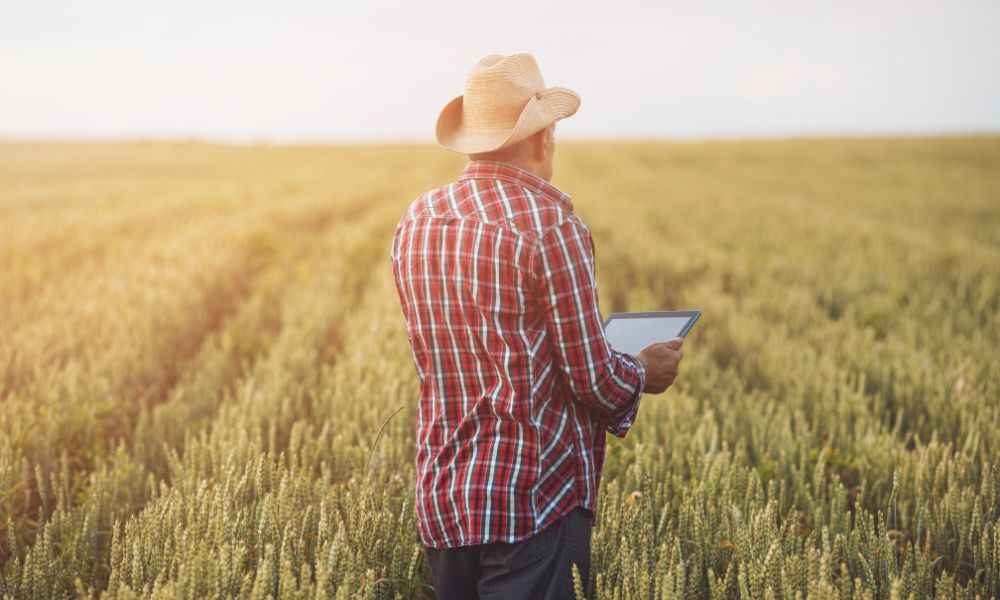How the Internet of Things Is Changing Agriculture

The internet connects us to one another and brings a few surprises along the way. One of these surprises is how the internet of things is changing agriculture. When the internet came to fruition, there was probably little thought about how it would one day aid the agricultural system.
The Internet of Things
If you are unfamiliar with this term, you are likely wondering what it means and how it differs from the internet itself. The internet of things refers to how the internet embeds itself into our daily lives through physical “things.” Think about your thermostat, car, and baby monitor: these are all physical objects that connect to the internet to function or transmit necessary data.
Changing Agriculture
So, how is the internet of things changing agriculture? It does so by making farming smarter. Even though farming is still quite an intensive job, it was much more difficult in the past because farmers did not have the tools we have today. What’s more, they had to rely more on intuition than science and technology. Today, technology allows farmers to have more of a hand in growing crops, caring for livestock, and ensuring a bountiful harvest.
Conservation of Water
Water conservation is just one of many ways that the internet of things benefits agriculture and our lives. Now more than ever before, the conservation of water is becoming a huge issue that will continue to affect those working in agriculture. But it can be challenging to conserve water when all you have are your senses to ascertain if your crops are sufficiently watered.
In addition to agricultural tools, satellite or cellular internet is now a requirement for rural farming life. With the internet and the internet of things, farmers can place sensors deep into the soil to measure PH balance and moisture levels. With this data, the sensors can utilize smart technologies that can administer adequate fertilization and irrigation to crops. This technology uses limited resources in the best ways.





